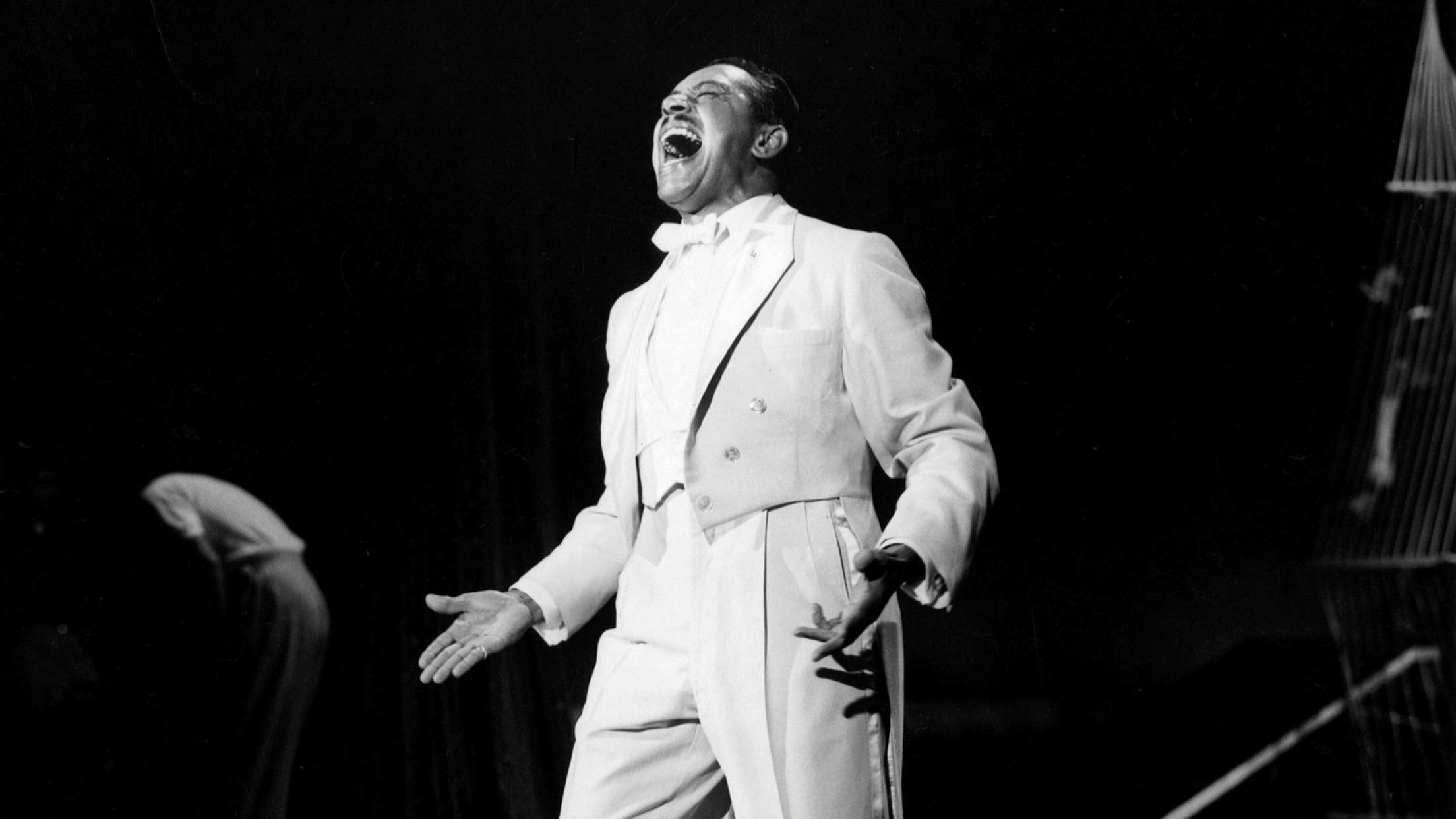This year sees the 90th anniversary of what is widely believed to be the first single by an African American artist to have sold more than 1m copies. Still strangely compelling today, Cab Calloway’s “Minnie the Moocher”
Born in 1907 in New York and raised in Baltimore, Cabell Calloway III was the son of a lawyer (who died when Cab was very young) and a music teacher. Although his mother wanted him to follow his father into the law, charismatic young Cab walked away from law school and turned down an offer from the Harlem Globetrotters to follow his successful older sister, Blanche, on to the stage. He learned scat singing from Blanche and from Louis Armstrong at Chicago’s Sunset Cafe in the late 1920s. In 1931 his band replaced Duke Ellington’s orchestra at Harlem’s Cotton Club.
Operated by white New York gangster Owney “The Killer” Madden, the Cotton Club was opened during prohibition to sell illegal booze to an exclusively white, upper-class clientele. The venue’s “stylish plantation environment” included black staff and entertainers who were encouraged to play up racial stereotypes. Charismatic Calloway (who later claimed “We didn’t have any segregation at the Cotton Club”) quickly became a star attraction. His rubber-limbed dance moves included “the buzz” (precursor to Michael Jackson’s moonwalk). He also whipped up a storm of audience participation, encouraging the crowd to holler back increasingly complex scat sections, helping launch a tradition that reached stadium level with Freddie Mercury’s globe-gripping “Ay-oh” call-and-response at Live Aid in 1985.
Based on the 1904 Vaudeville hit “Willie the Weeper”, “Minnie the Moocher” is loaded with gloriously onomatopoeic hipster wordplay. The verb “mooch” probably comes to us from the Old English “mycan”, meaning “to lie in hiding”, though it came to mean a sponger or someone involved in shady dealings. So the first verse runs: “Folks, here’s a story about Minnie the Moocher/ She was a lowdown hoochie coocher [exotic dancer]/ She was the roughest, toughest frail/ But Minnie had a heart as big as a whale.”
As the verses progress, we hear how Min falls for “a bloke named Smoky/ She loved him though he was cokey [took cocaine]/ He took her down to Chinatown/ And he showed her how to kick the gong around [smoke opium].” On an opium trip, she dreams she meets the King of Sweden who (in the song’s quirkiest rhyme) gives her “things she was needin’”, including a car with platinum wheels. In some versions she then gets involved with car theft and rejects a preacher’s attempt to save her soul before ending by “pushing up daisies… Poor Min, poor Min.”
In his autobiography, Calloway claimed that the scat section arose when he first sang the song on the radio and forgot the words. “I had to fill the space,” he wrote, “so I started to scat-sing the first thing that came into my mind… The crowd went crazy.”
The song’s reach into popular imagination got a huge boost when it appeared in a Betty Boop animation in 1932. In this weird cartoon — also called Minnie the Moocher— the sexy-squeaky Betty attempts to run away from home but ends up in a cave haunted by a hip-swivelling Calloway-esqe ghost walrus and a band of spooks and skeletons who perform the song before pursuing Boop back home.
Minnie became a recurring character in Calloway’s songs, which included “Ghost of Smokey Joe”,
The song became a jazz standard, recorded in every decade since the 1930s. Danny Kaye
Calloway died, aged 86, in 1994. He had made a fortune but gambled much of it away. “They say I’ve had and lost millions of dollars,” he joked in the 1970s. “Buddy, they haven’t stopped counting yet.”
What are your memories of ‘Minnie the Moocher’? Let us know in the comments section below.
‘The Life of a Song Volume 2: The fascinating stories behind 50 more of the world’s best-loved songs’, edited by David Cheal and Jan Dalley, is published by Brewer’s.
Music credits: Documents; Charly Records; Flat Five Records; Nostalgia Arts; H&H Music Ltd; Revolver Records; Sleeping Giant Music; UMC (Universal Music Catalogue); Farrell Music Ltd
Picture credit: Corbis via Getty Images

